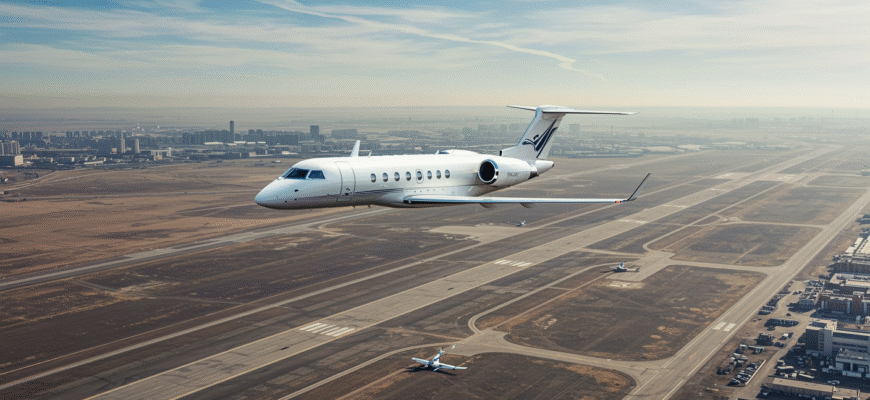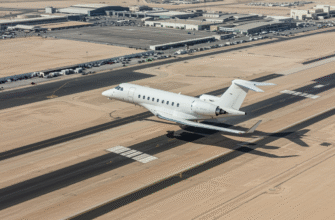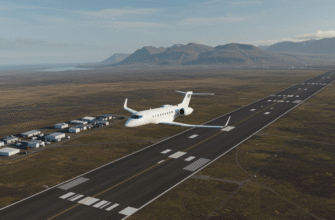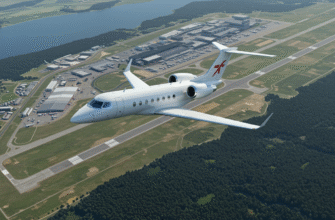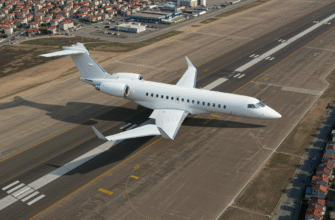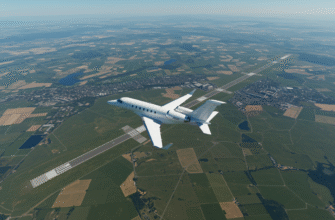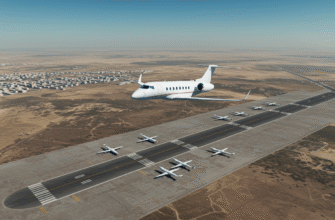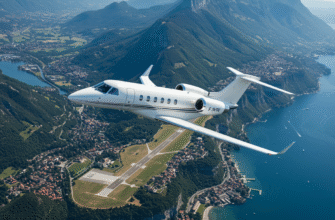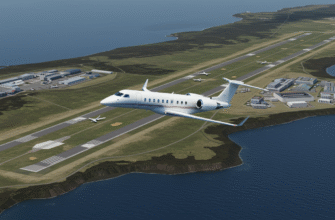Step off the jet bridge into a mix of cool air and concrete screech. It’s not just another terminal—it feels like the “real Kazakhstan.” Between the faded Soviet remnants and high-tech border control booths, Almaty International Airport (ALA) throws you into a place straddling past and future. You smell jet fuel laced with Kazakh cigarettes. Hear loud, laughing reunions in three different languages. See 747s resting under the Tien Shan Mountains’ shadow as if they’re taking a breather. That’s ALA—raw, real, layered.
Why Most Travelers Pick ALA Over The Capital’s Airport
For most tourists, expats, and business flyers touching down in Kazakhstan, this is it. Not the glossier Nursultan airport up north, but Almaty—the cultural engine, economic pulse, and air hub pulling the weight.
It handles more passengers and more cargo than anywhere else in the region, and for good reason. The city’s got industry, proximity to mountains, nightlife, and international schools. That makes ALA the go-to for oil execs headed to Tengiz, students flying in from Seoul, or backpackers chasing all those “off the grid” hiking routes.
This airport doesn’t just serve Almaty. It moves huge chunks of Central Asia, especially on the freight side.
What People Actually Want To Know About Almaty Airport
- How updated is the airport after the the current year expansion?
- What airlines fly to Almaty directly?
- How fast is baggage claim, and are there lounges?
- Is ALA better than flying through Nursultan?
- How to enjoy duty-free Almaty without overspending?
A Past Laced In Jet Fuel And Memory
Before it became Central Asia’s busiest airport, Almaty’s airfield was born under the Soviet military. You can still see the bones in the design—wide wings, hard lines, utilitarian flow. What started as a functional facility eventually bloomed into a main public airport when Kazakhstan separated from the USSR.
The ’90s were pure chaos and opportunity. Almaty was the capital city until 1997 and the only truly international airport in the country at the time. Passenger volume soared, infrastructure lagged, and for a while, everyone was improvising. Ticket kiosks looked like street food stalls, and customs? One tired guy with a stamp. But from those scrappy early years came a reputation: for hustle, resilience, and connections you couldn’t find anywhere else in the region.
Even while the country was only just appearing on most globes, ALA saw early international flights—Frankfurt, Moscow, Istanbul. Cargo giants like UPS and Turkish Cargo were already testing routes. And slowly, this piece of sky above the steppe started feeling global. Long before biometric gates and luxury lounges, travelers were catching on that Almaty wasn’t just a stop—it was an entry point. A place where global commerce and human drama crossed trails.
From Forgotten Terminal To Rising Transport Titan
It wasn’t pretty, and that’s why it had to change. With just one outdated terminal and parking chaos that had passengers dragging their own luggage through winter slush, ALA hit its wall. The pace of growth was out of sync with the facilities—thanks to increasing tourism, trade, and low-cost flights flooding in from Asia and Europe.
The solution? Massive funding and a rebuild. The highlight: a new international passenger terminal launched mid-the current year, doubling capacity close to 14 million passengers a year. Plus: wider taxiways, extended runways, and more gates to handle 747s without jamming the tarmac.
About 35 airlines now rotate through these gates, including heavyweights like Turkish Airlines, FlyDubai, and Air Astana, which calls ALA home. You’ll also spot Aeroflot and plenty of charters from China. Cargo is king here too—freight from Central China, Turkey, and the Gulf flows through Almaty’s upgraded logistics system like water through a new pipe.
Someone from DHL once called it “the Dubai of freight—but colder.” That’s not far off. The location makes it a pivotal link in Eurasia’s overland-to-air avenues, with goods trucked from western China to ALA, airlifted west to Europe in record time. Routes have names now. Schedules. Tech infrastructure. But the rhythms trace old trading lines—the modern Silk Road reloaded.
| What Changed With The TAV Airports Takeover | Before 2021 | After the current year |
|---|---|---|
| Passenger Capacity | ~7 million/year | 14 million/year |
| Gate Count | 5 boarding gates | 7 gates, 3 with jet bridges |
| International Terminal | Non-existent | Brand-new terminal |
| Customs & Border | Manual and slow | E-gates with biometric entry |
| Aesthetics | Bleak, utilitarian | Modern, with local art and food |
The airport went from half-abandoned vibe to international benchmark with TAV in charge. The Turkish-owned firm brought cash, expertise, and deep airport ops experience. For them, ALA wasn’t just another project—it became the first airport they own outright instead of leasing. That flipped the strategy instantly. Long-term investment showed up fast: shiny check-in counters, better traffic control, local hire training, and seamless baggage systems.
Where History Talks Back: Architecture, Ghosts, and Gate F
Half-Soviet, half-something else: architectural whiplash inside the terminal
Right as you step off that plane, things get weird—in the best way. One side of Terminal 1 still flashes Soviet-era permanence: low ceilings, mustard walls, those flickering tube lights that somehow never die. Then, just a dozen steps away, you’re hit with the shimmering new—glass footbridges, biometric gates, and marble floors clean enough to eat off. Locals joke it’s “Instagram meets institute hallway.” That clash? It’s not just cosmetic. It tells you this place never buried its past—it just keeps building over it.
Overheard in Gate F: quirky details locals love and foreigners don’t expect
You hear it in the accents, in the cashier laughing over your tenge mix-up, in the old guy lugging homemade kurt through security. Someone’s buying cognac at 9 AM. Someone else is asleep under duty-free perfume shelves. For some reason, there’s a giant eagle sculpture near Gate F. Visitors blink. Locals shrug. That’s ALA.
Nostalgia or neglect? When an airport refuses to erase the past
Not everyone thinks it’s charming. Critics roll their eyes at the paint-chipped stairwells in the old wing and wonder why fixing the signs took 15 years. But others—especially Kazakh travelers—see something worth keeping. Almaty used to be the capital, after all. Its airport holds echoes of that pride. During the Soviet days, this was military ground. After independence, it became a ride-or-die launchpad to anywhere but here. People still remember when there was one café and no wi-fi. Now, there’s a Louis Vuitton boutique across from the exact same hallway with cracked tiles. That friction? It’s less contradiction, more confession.
Travel Realities: The Beauty in the Mess
Not flawless, but unforgettable: long lines, cloudy signage, and real moments
Nobody’s calling it sleek. Expect queues that spiral, announcements that echo but don’t clarify, and a snack vendor who maybe takes card—but don’t count on it. But in the mess, there’s closeness. You might stand in line next to a guy flying to Urumqi with three suitcases full of honey. Or watch a grandma FaceTiming her village before flying to Istanbul. There’s something real here. No filter. No global airport gloss.
Cheap local vodka, homemade snacks, biometric gates: contradictions on display
You can buy horse sausage in the terminal and scan your face to board a plane 20 minutes later. That’s Almaty Airport. It lives in contrasts. One minute, you’re sipping Kazakh vodka for the cost of a soda; the next, a slick security gate scans you with tech lifted straight from Seoul or Dubai. What gets people talking:
- Biometric e-gates: Fast-track entry that rivals any hub in Europe
- Local snacks: Yep, that’s baursak in a vacuum pack near Gate A
- Luxury shops vs leaky ceilings: Both exist—in the same 500 meters
Local tips: what Kazakh travelers wish tourists knew about ALA
People who’ve been through ALA more than a few times have their survival strategies. They don’t expect comfort—they come prepared. Here’s what they’ll tell you:
- Don’t rely on signs: Just ask somebody. Really. People will help.
- Early morning flights? Show up before 4AM to avoid gridlocked lines.
- Bring cash: Even now, some stands still don’t take card. Or pretend not to.
It’s weirdly endearing once you get the rhythm. Like the terminal’s rough edges are part of the boarding ritual.
Looking Ahead: Will Almaty Airport Break Its Own Ceiling?
Terminal upgrades in the works: What’s promised and what’s actually happening
Yes, the shiny new international terminal opened in mid-the current year. Yes, it looks like it belongs in a glossy airline magazine. But talk to workers, frequent travelers, or airline staff and they’ll tell you—there’s still work to be done. The additions brought upgraded gates, faster customs, smart security lanes, and a leap in annual capacity towards 14 million. What hasn’t kept up? Ground transport. The train link hasn’t arrived. Old Terminal 1 still runs part of the show. It’s upgrade meets patch job, and everyone’s watching to see which side wins out.
Kazakhstan’s Silk Road 2.0 dreams, and ALA’s role there
Kazakhstan’s trade dreams aren’t low-key. With freight soaring and e-commerce lanes connecting China to Europe, ALA has become Central Asia’s default dropzone. Cargo traffic keeps climbing. In an ironic twist, the historical Silk Road of wandering traders is now container loads of electronics flying overland. ALA isn’t just along the route—it’s the anchor. Logistics hubs are popping up near the runways. Airlines aren’t just flying people anymore—they’re flying Kazakhstan’s new identity.
Can the airport grow without losing its weird charm?
There’s always that fear: what if the next renovation whitewashes everything unique about ALA? What if Gate F becomes the same beige gate as every sterile terminal out there? Locals hope that won’t happen. The eagle statue, the egg-shaped chairs, the random piano near customs—these aren’t bugs, they’re features. Tourists might blink. But for people who grew up here, it’s part of the story. This airport is stitched together from who Kazakhstan was, is, and wants to be. And maybe that’s the real flight plan.
